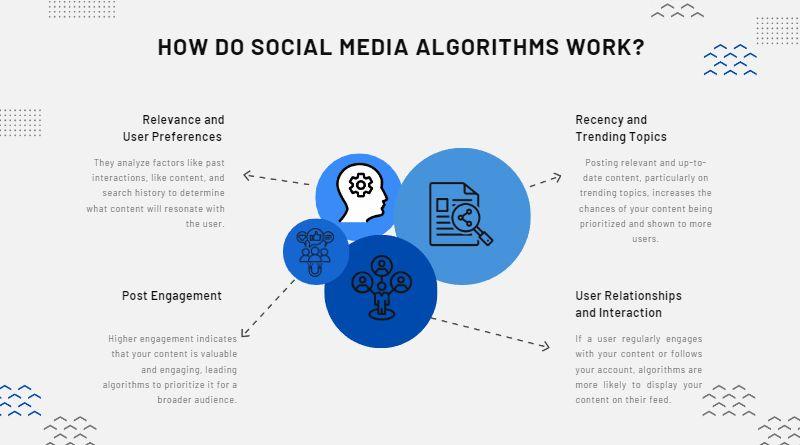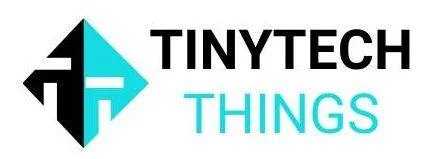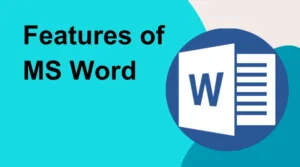In today’s digital age, social media platforms have become powerful tools for individuals and businesses alike to connect, share information, and engage with their target audience. However, with the ever-evolving nature of social media algorithms, it has become increasingly important to understand how these algorithms work and leverage them to improve your engagement. This article will provide you with valuable insights and practical tips on optimizing your social media presence to enhance your reach, visibility, and ultimately, your engagement.
Table of Contents
Understanding Social Media Algorithms
Social media algorithms are complex algorithms employed by various platforms, such as Facebook, Instagram, Twitter, and YouTube, to determine the content users see on their feeds. Understanding these algorithms is crucial for anyone seeking to maximize their social media presence and improve engagement with their audience.
How Do Social Media Algorithms Work?

Social media algorithms use a combination of factors to decide which content to show to users. These factors include post engagement, relevance, recency, user preferences, and the relationship between the user and the content creator. By analyzing these variables, algorithms aim to deliver the most relevant and engaging content to each user.
The Importance of Algorithms for Engagement
Social media algorithms play a vital role in determining the visibility of your content. By optimizing your content for these algorithms, you can increase the likelihood of reaching a wider audience, generating more likes, comments, shares, and ultimately, improving your engagement.
Key Factors Influencing Social Media Algorithms
Relevance and User Preferences
Algorithms prioritize content that is relevant to a user’s interests and preferences. They analyze factors like past interactions, like content, and search history to determine what content will resonate with the user.
Post Engagement
Engagement metrics such as likes, comments, shares, and click-through rates heavily influence social media algorithms. Higher engagement indicates that your content is valuable and engaging, leading algorithms to prioritize it for a broader audience.
Recency and Trending Topics
Social media platforms favor fresh and timely content. Posting relevant and up-to-date content, particularly on trending topics, increases the chances of your content being prioritized and shown to more users.
User Relationships and Interaction
The algorithms consider the relationship between users and content creators. If a user regularly engages with your content or follows your account, algorithms are more likely to display your content on their feed.
Strategies to Improve Your Engagement
Know Your Audience
Understanding your target audience’s preferences, interests, and pain points is essential. Tailor your content to resonate with your audience, addressing their needs and providing value to keep them engaged.
Create High-Quality and Engaging Content
Invest time and effort in producing high-quality content that captivates your audience. Incorporate visuals, videos, infographics, and storytelling techniques to make your content more appealing and shareable.
Optimize Posting Times Content
Timing is crucial on social media. Experiment with different posting schedules to identify the times when your audience is most active and likely to engage with your content. Use scheduling tools to automate your posts for optimal timing.
Encourage User Engagement and Interaction
Actively encourage your audience to engage with your content by posing questions, seeking opinions, and encouraging discussions. Respond promptly to comments and messages to foster a sense of community and build stronger connections.
Utilize Hashtags Effectively
Hashtags are an essential part of social media content as they help your content be discovered by users who are interested in the same topics. Use relevant hashtags to reach a wider audience and improve the visibility of your content. It’s important to exercise caution when using hashtags, as excessive usage can give the impression of spammy content.
The Role of Analytics in Optimizing Engagement
Monitoring and Analyzing Metrics
Regularly monitor and analyze your social media metrics to gain insights into the performance of your content. Track metrics like reach, engagement, click-through rates, and audience demographics to identify trends and make data-driven decisions.
A/B Testing and Experimentation
Experiment with different content formats, captions, posting times, and strategies to identify what works best for your audience. Conduct A/B tests to compare different variations and refine your approach based on the results.
Staying Updated with Algorithm Changes
Following Official Channels and Updates
Stay informed about algorithm changes by following official announcements and updates from the respective social media platforms. Being aware of any algorithm updates allows you to adapt your strategy accordingly.
Learning from Experts and Industry Insights
Keep up with industry experts, thought leaders, and reputable sources that provide insights and strategies for navigating social media algorithms effectively. Learn from their experiences and apply their recommendations to your own social media approach.
Conclusion
Understanding social media algorithms is vital for maximizing your engagement on platforms such as Facebook, Instagram, Twitter, and YouTube. By leveraging the factors that influence these algorithms and implementing effective strategies, you can enhance your visibility, reach a larger audience, and foster meaningful connections with your followers.
FAQs
Social media algorithms can change frequently as platforms strive to improve user experiences and combat spam. It’s important to stay updated with the latest changes and adapt your strategy accordingly.
Trying to deceive social media algorithms by using unethical tactics or spammy practices is not recommended. Instead, focus on creating genuine and valuable content that resonates with your audience.
No, each social media platform has its own unique algorithm. While there may be similarities in how they function, understanding the specific algorithms of each platform is essential to optimize your engagement on each platform.
Paid advertising can certainly boost your reach and engagement on social media, but it’s not the only way. By implementing effective strategies such as creating high-quality content, optimizing your posts, and engaging with your audience, you can organically improve your engagement without relying solely on paid advertising.
It depends on your goals and target audience. If your audience is active on multiple platforms, it can be beneficial to have a presence on those platforms. However, it’s important to prioritize quality over quantity and focus on platforms where your target audience is most active.






One thought on “Social Media Algorithms: What You Need to Know to Improve Your Engagement”
Pingback: How To Grow Your Social Media Following: Tips And Strategies - Tinytech Things